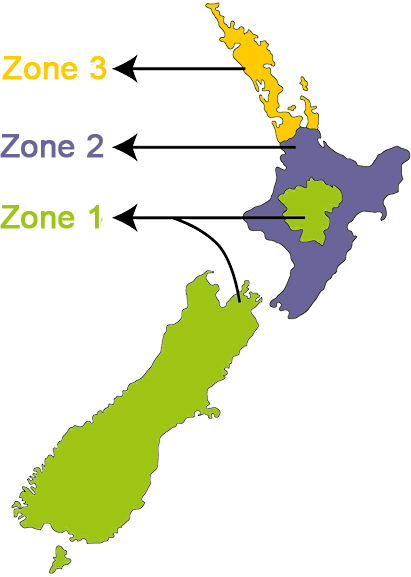
Growing Guide
Full sun. Well drained.
1cm
40-75cm
40-75cm
60cm2
1.5cm
Transplant
6-8
80-180
Plant seeds in trays, firm down, keep moist.
Choose a sunny spot in the garden and enrich the soil with compost.
Once the seedlings have emerged feed them with fertilizer.
Once the seedlings are 7cm tall plant them in the ground, water in well and feed with fertilizer.
If your winters are mild, rarely getting more than a few degrees below freezing, cover the heads with straw or other loose mulch to protect them from freezing.
If your winters are severe, pull them up with roots intact and store them in a root cellar or bury them under at least a foot of dirt and mulch, deeper in the coldest climates.
You want them to be kept cool but never frozen solid and damp enough so they don't dry out but not so damp that they mold.
The best cabbage to grow in containers are the non-hearting Asian kind (i.e Wong Bok, or Bok Choi) Grow in 60cm + containers and don't overcrowd the seedlings.
In a sunny spot, fill pots with potting mix, sow seeds, firm down and water regularly to keep soil moist.
Fertilize weekly with plant food.
Plenty of water (but good drainage) and regular side dressings of nitrogen fertiliser or liquid feeds every two to three weeks promotes quick growth and crisp heads.
Start cutting the heads from each sowing when heads are firm but quite small.
Cabbages produce seeds from flowers but you don't usually see them do it because it takes more than a year.
If you want to get your own seed from your cabbages, choose open-pollinated varieties rather than F1 hybrids, so they'll breed true.
Choose the best dozen heads to use for seed.
Cut an "x" in the top of each head, about an inch deep, to let the flowering stock emerge easily.
Pick the seedpods when they first turn brown, before they burst open and spill their seeds.
Some mature before others, so pick them every few days.
Lay them on a tray in the sun to finish drying.
If you don't mind losing some, you can wait until the majority have turned brown, cut the whole seed stalk and lay it on a tray or sheet to dry.
For the most viable seed, let the pods mature as long as possible on the plant.
Put the pods in a cloth bag and lightly pound it or crush it to knock the seeds loose, then carefully pour them out.
Use a coarse sieve to separate them from larger debris or pour them from one container to another in a light breeze to let the lighter pieces of broken pod blow away.
Keep the seeds in a dark, dry place until you want to plant them.
They should keep several years.

Zone 1 - Cool
January , February , March , August , September , October , November , December
Zone 2 - Temperate
January , February , March , April , June , July , August , September , October , November , December
Zone 3 - Subtropical
January , February , March , April , May , June , July , August , September , October , November , December